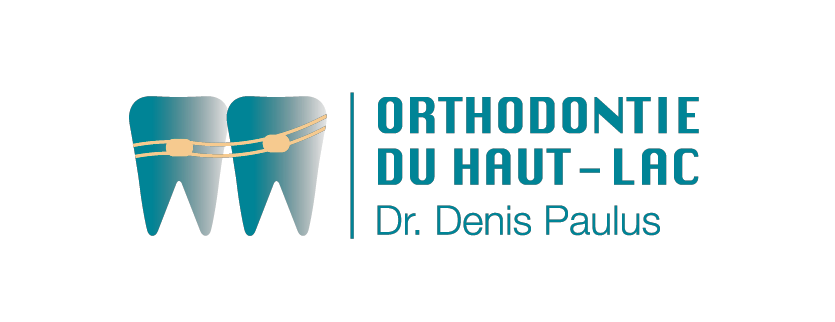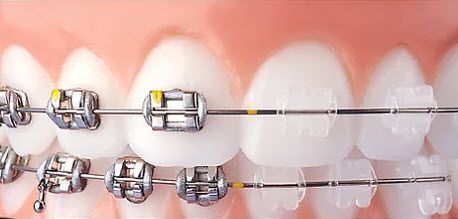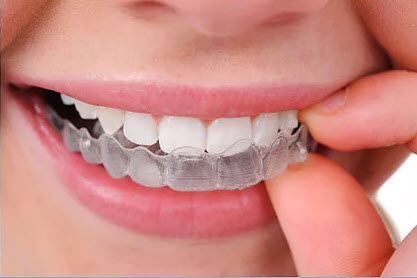ORTHODONTIC TREATMENTS
For targeted treatments and a perfect smile
Dento-facial orthopaedics (DFO)
As previously explained, dento-facial orthopaedics (DFO) focuses on preventing, detecting, diagnosing and treating malformed and malpositioned bones in the face, jaws, dental arches and teeth. It is practised by orthodontists or surgical dentists who specialise in dento-facial orthopaedics.
Orthodontics is an area within dento-facial orthopaedics that focuses in particular on malpositioning of the dental arches and teeth.
By preventing such malformations from occurring, or correcting them, DFO not only enhances patients’ well-being but also preserves oral health and thus promotes health overall. When the joints, muscles and teeth that make up the chewing apparatus function in a balanced and harmonious way, they stay healthy and can better withstand the effects of natural ageing.
DFO works for both children and adults, either as a first-line treatment or together with prosthetic or periodontal treatments (treatment of gum disorders that cause teeth to become loose or fall out).
Orthodontic treatment for children
Treatment for children is typically prescribed between the ages of 7 and 8. If the child shows no sign of malocclusion, very often no treatment is required. Where such a problem does exist, however, an initial phase of so-called early or interceptive treatment is prescribed for a short period (6 to 9 months).
The full treatment only begins once the child has his or her permanent teeth (usually around the age of 11 or 12) and lasts, on average, for 18 months.
We offer different types of dental appliances for early and full dentition.
Appliances for early dentition:
- Removable braces: for minor movement of certain teeth. Worn for: 6 months
- Functional braces: also removable, these correct misalignments of the jaws (overbite). Worn for: 6 to 12 months
- Expander braces: these fixed appliances widen the roof of the mouth, prompting new bone growth at the palatine suture level. Worn for: 4 to 5 months
- Multi-band braces for early dentition: these fixed appliances, of the same type used at later stages, realign teeth considered too badly positioned to be left until the child is 12 years old. Worn for: around 6 months
Appliances for full dentition:
- In children aged around 11 or 12, this multi-band brace definitively corrects the teeth, whatever the nature of the malocclusion. Worn for, on average: 18 months (between 12 and 24 months)
- The appliances can feature metal or ceramic (transparent) brackets, depending on the degree of discretion desired by the patient.
- Lingual (invisible) orthodontics, whereby the brackets sit behind the teeth, can be used in children but rarely are, in practice, before the age of 15.
Treatments for adults
Orthodontic treatments are carried out not just for aesthetic reasons but also for functional reasons. In this case, it’s about preserving oral (and therefore overall) health by slowing down the effects of natural ageing.
The appliances used in adults are as follows:
- Multi-band braces with transparent ceramic brackets
- Lingual braces applied to the rear surfaces of the teeth so that they are completely invisible:
– Incognito technique
– Win technique, the most recent iteration of the Incognito technique developed by the inventor himself (Dr Dirk Wiechmann)
- Transparent and removable aligners (Invisalign or similar) correct moderately malpositioned teeth.
Retention
Retention is when, after the treatment has finished and the teeth are in the required alignment, the dental surgeon inserts fixed or removable systems to stabilise them.
There are two possible options:
- Splints, or thin wires fixed behind the teeth. They may be kept in as a precaution for several years, without any discomfort or pressure.
- Light and transparent retainers, worn at night. They may be used in certain cases for shorter periods of time.
Address
Adresse
Phone




